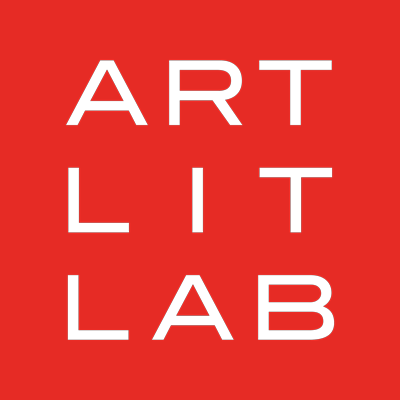2018 ALL Prize recipient Kaylyn Gerenz presents her MFA thesis exhibition, It's This Way Now, from Wednesday, March 21 through Saturday, April 21, 2018. Gerenz and fellow UW-Madison MFA candidate Fikriye Oz, were selected for the inaugural year of this new collaboration between ALL and the UW-Madison Art Department, which seeks to provide two outstanding graduating MFA students with an extended exhibition opportunity in the community. The artists' reception for both prizewinners will be held on Saturday, April 7, 2018, 7-9pm. (Oz's exhibition will run from April 3-21, 2018.) Gallery hours are Tuesday-Friday, 11am-3pm and Saturday 12-5pm, and by appointment (email hello@artlitlab.org). The gallery will be open by appointment only from March 27-31, 2018.
Artist Statement
There is urgency in documentation. To record in order to remember. Where immediacy meets intimacy. Documenting is used to gauge progress and development, to track behaviors and patterns, to gain self-awareness and memory retention. It is often simply an attempt to chronicle the past, to map out a temporal topography. As we negotiate and collect moments within everyday life, experiences accumulate and build. The hierarchies of these moments constantly fluctuate between the minuscule and the monumental, slipping in and out of stasis as they are acknowledged or ignored.
My work investigates the ephemeral and accumulative qualities of memory, and how these serve to structure and mirror the nature of daily experience. Every Day I’ve Known You and You’ve Known Me is an archive of time, where every day is recorded as a single tick mark. Stretching across a ten foot piece of paper, days grow into weeks, months, years, and the tick marks begin to form a trajectory. The direction in which they flow may be clear, but there is no distinct destination, no definite beginning or end. As each day passes, another tick mark is added, ceaselessly following an invisible path to somewhere, marching together to a place that we cannot go.
Note cards provide a small blank space for a short and succinct message. They allow for review, revision, and recitation. Note cards aid in memorization and comprehension of information, house lists of instructions or ingredients, and are makeshift spaces for thoughts. In Things we say now, the annotations on the note cards are abbreviated and severed from their original phrase. The reference and conversation are incomplete. Empty note cards are placeholders for thoughts to come or once removed, moments that have been revisited, lost, or accepted, leaving gaps in an otherwise complete grid. The use of disposable, readily available materials of painter’s tape and sharpie marker emphasizes the immediacy, commonality, and temporary nature of these phrases.
In I’m Still Looking series, rectangle pieces of acrylic are covered in circles of dense rubber. The works are installed at eye level, mimicking the height of a mirror or portrait. Thousands of rubber blemishes build upon the reflective acrylic, their dense surface obscuring an otherwise clear reflection. This controlled and contained lunar landscape absorbs all light and identity. The polished acrylic plane is now only able to reflect glimmers of recognition behind the viewer, unable to see straight ahead.
Coating something in sugar makes it sweeter, more desirable and palatable. TheBittersweet series explored this notion of sugarcoating and how it is used to make something superficially acceptable or easier to digest. Clothing that was once used to protect or hide skin is now encased in a shell of sugar. The soft fibers are now hardened, though the new layer of callused skin is slick and glossy, like saliva. It smoothes out imperfections and reflects glints of light. The item is now frozen in time, paused, and seemingly serene. However, it is stuck within a viscous layer for examination, its familiar form now unfamiliar, more fragile, and harder to see.

